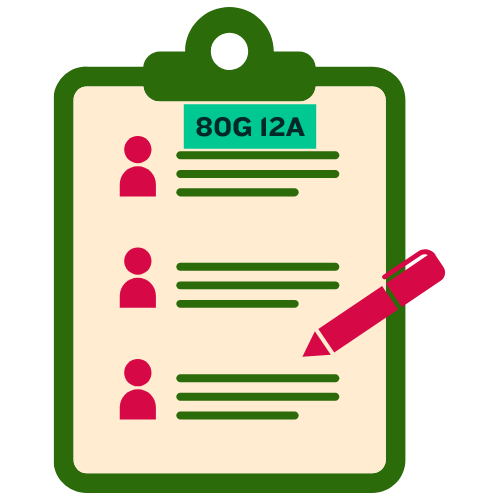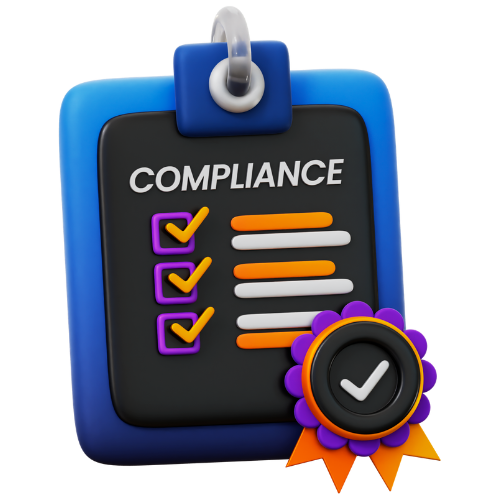How to Handle Changes in Directors for ROC Compliance
This article discusses the process of handling changes in directors for ROC compliance, providing guidance on how to navigate legal requirements and ensure smooth transitions within your organization.
How to Handle Changes in Directors for ROC Compliance
Changes in directors of a company are common occurrences in the business world. Directors may resign, retire, or be appointed for various reasons, necessitating a smooth transition process to ensure compliance with the regulatory requirements of the Registrar of Companies (ROC). Handling changes in directors for ROC compliance is crucial to maintaining good corporate governance and avoiding legal complications. In this article, we will discuss the process of handling changes in directors for ROC compliance, providing guidance on how to navigate legal requirements and ensure smooth transitions within your organization.
Director Resignation
When a director decides to resign from their position, they must notify the company of their intention to resign by submitting a resignation letter. The resignation letter should be submitted to the board of directors and the company secretary. The board of directors should then convene a board meeting to formally accept the resignation and record it in the board minutes.
Once the resignation has been formally accepted, the company must file the necessary forms with the ROC to inform them of the director's resignation. The company must file Form DIR-12 within 30 days of the resignation, along with the director's resignation letter and any other relevant documents.
It is important to update the company's records and registers to reflect the changes in directors. The company must update its statutory registers, such as the Register of Directors, Register of Directors' Shareholding, and Register of Charges, to reflect the director's resignation.
Director Appointment
When a new director is appointed to the board, the company must follow certain procedures to comply with ROC requirements. The new director must consent to their appointment by submitting a consent letter to the company. The board of directors must then pass a resolution to appoint the new director and update the company's records accordingly.
The company must file Form DIR-12 with the ROC within 30 days of the new director's appointment, along with the director's consent letter and other relevant documents. The company must also update its registers and records to reflect the new director's appointment.
Legal Requirements
Handling changes in directors for ROC compliance involves complying with various legal requirements and regulations. Companies must adhere to the provisions of the Companies Act, 2013, and the rules prescribed by the Ministry of Corporate Affairs (MCA) for appointing and resigning directors.
Companies must also ensure compliance with the Articles of Association, which may contain specific provisions regarding the appointment and resignation of directors. Companies must follow the procedures laid out in their Articles of Association when handling changes in directors.
Compliance Procedures
Compliance procedures for handling changes in directors for ROC compliance include notifying the ROC of director changes, updating the company's records and registers, and ensuring compliance with legal requirements. Companies must file the necessary forms with the ROC within the prescribed time frame and update their records to reflect the changes in directors.
Companies must also ensure that the board of directors passes the necessary resolutions to formally accept the resignation of a director or appoint a new director. Companies must maintain proper documentation, such as resignation letters, consent letters, and board meeting minutes, to support the changes in directors.
Transitioning Directors
Transitioning directors smoothly is essential to ensure the continuity and efficiency of the company's operations. When a director resigns or is appointed, it is important to communicate the changes to the relevant stakeholders, such as employees, shareholders, and regulatory authorities.
Companies should provide proper orientation and training to new directors to familiarize them with their roles and responsibilities. New directors should be given access to relevant company information and resources to help them perform their duties effectively.
Director Responsibilities
Directors have certain responsibilities under company law, and it is important for new directors to understand their obligations and duties. Directors are required to act in the best interests of the company, exercise due care and diligence, and comply with legal and regulatory requirements.
Directors must familiarize themselves with the company's Articles of Association, Memorandum of Association, and other important documents. Directors should actively participate in board meetings, make informed decisions, and ensure good corporate governance practices are followed.
Handling changes in directors for ROC compliance is a critical aspect of corporate governance that requires careful attention to legal requirements and procedures. By following the necessary steps and ensuring compliance with regulatory requirements, companies can navigate director changes smoothly and maintain good corporate governance practices.
Companies should have clear procedures in place for handling director changes and should communicate effectively with all stakeholders during the transition process. By prioritizing compliance and good governance, companies can ensure that director changes are managed effectively and in accordance with the law.




























-registration.png)



